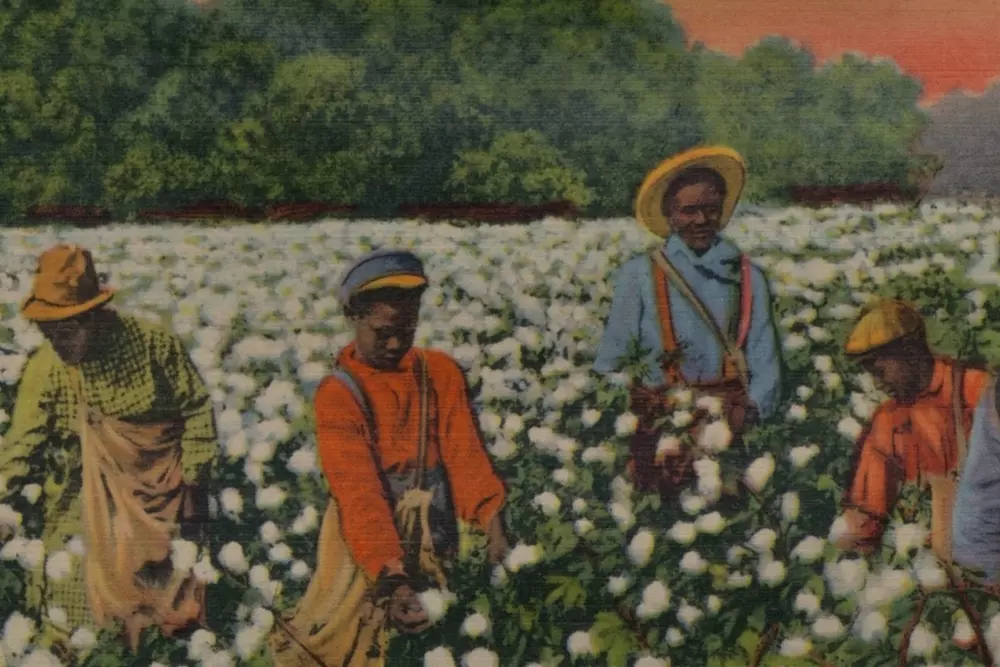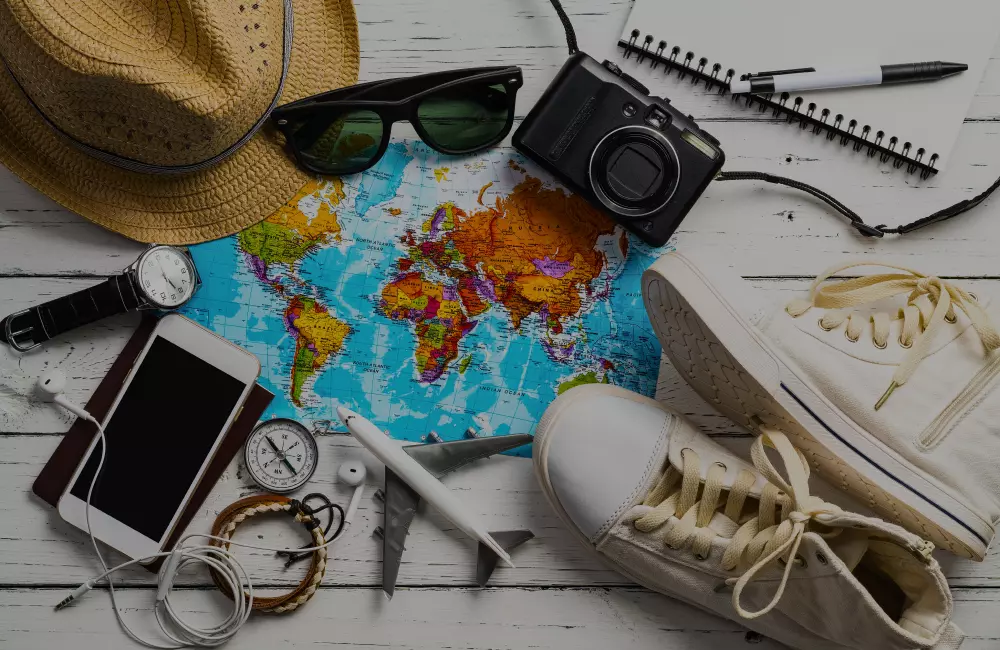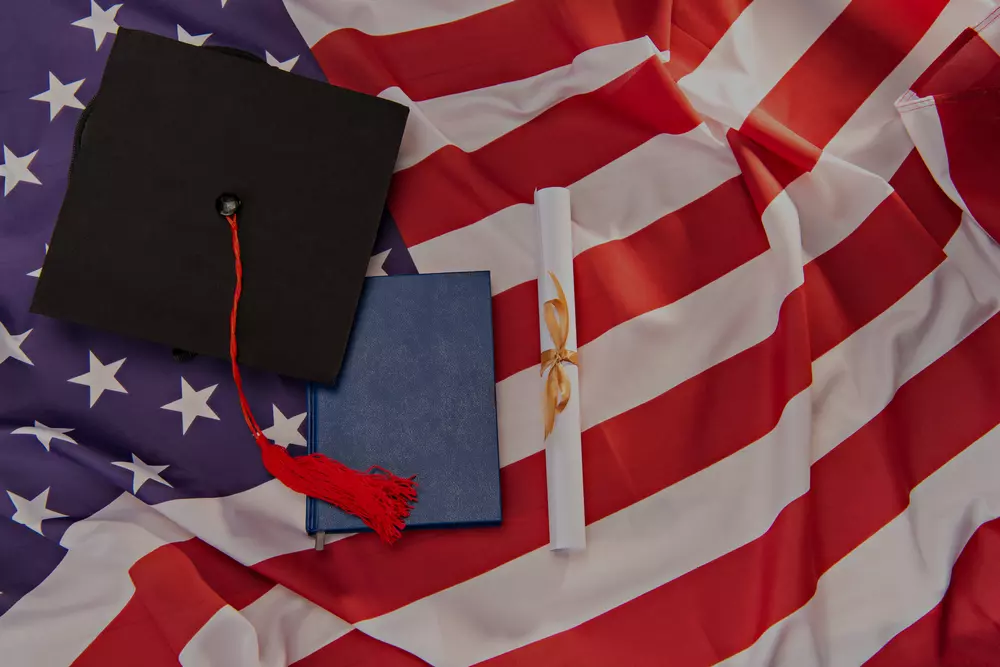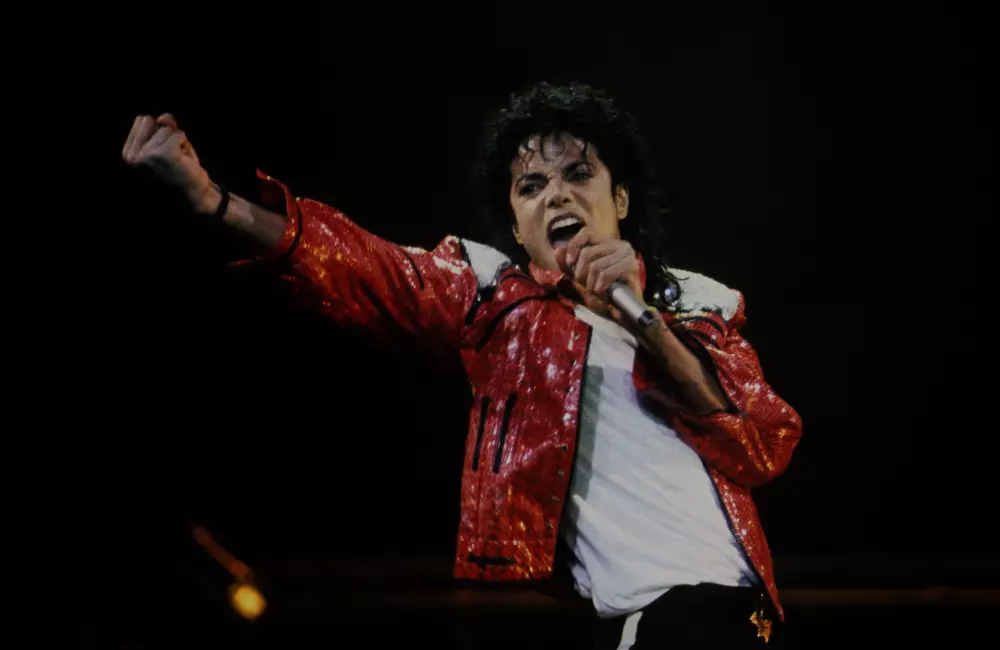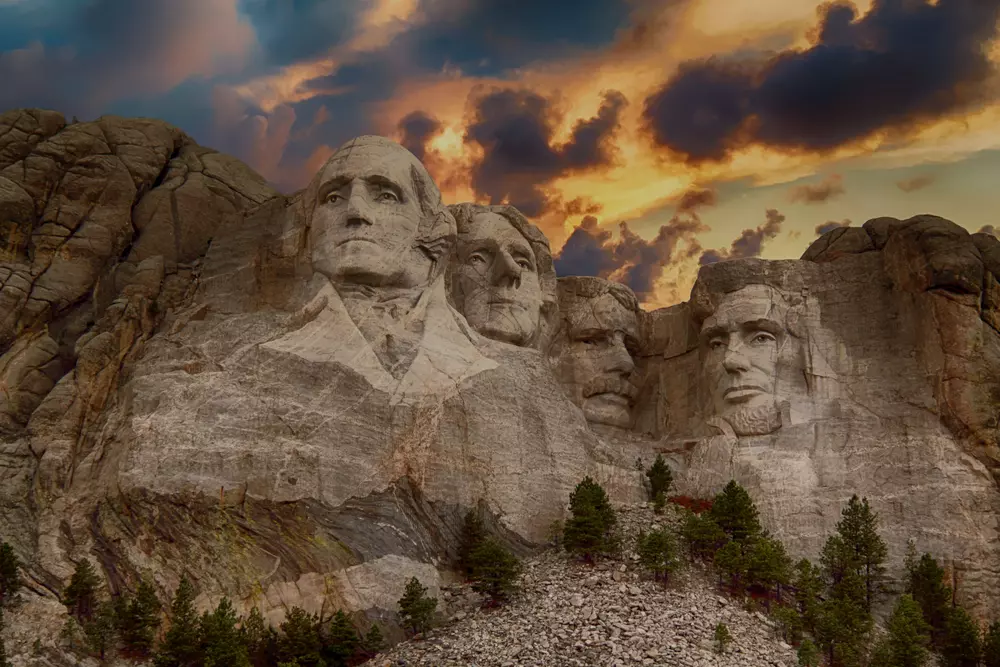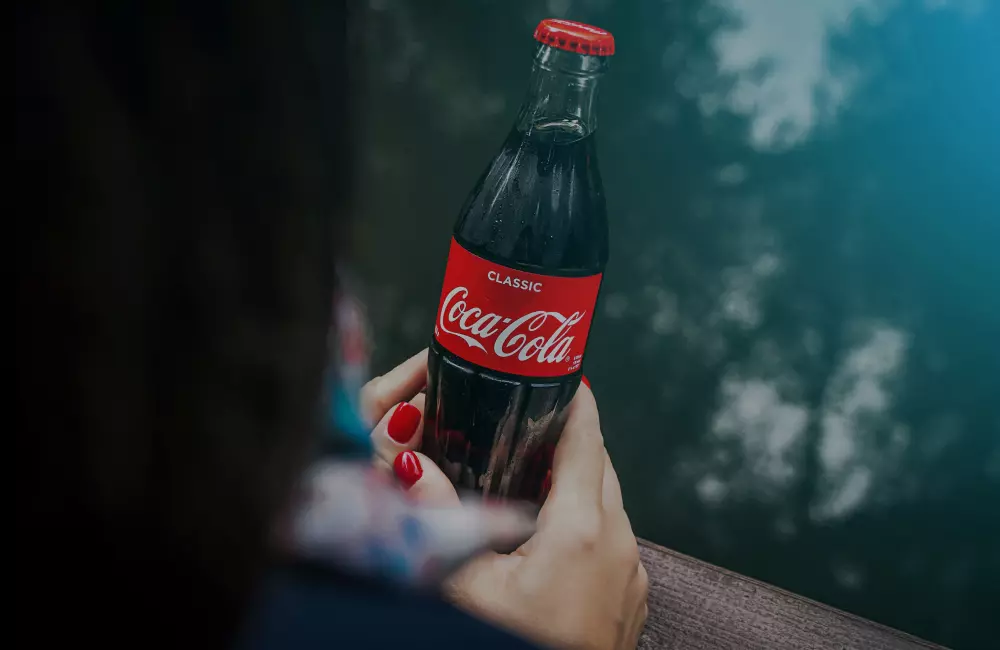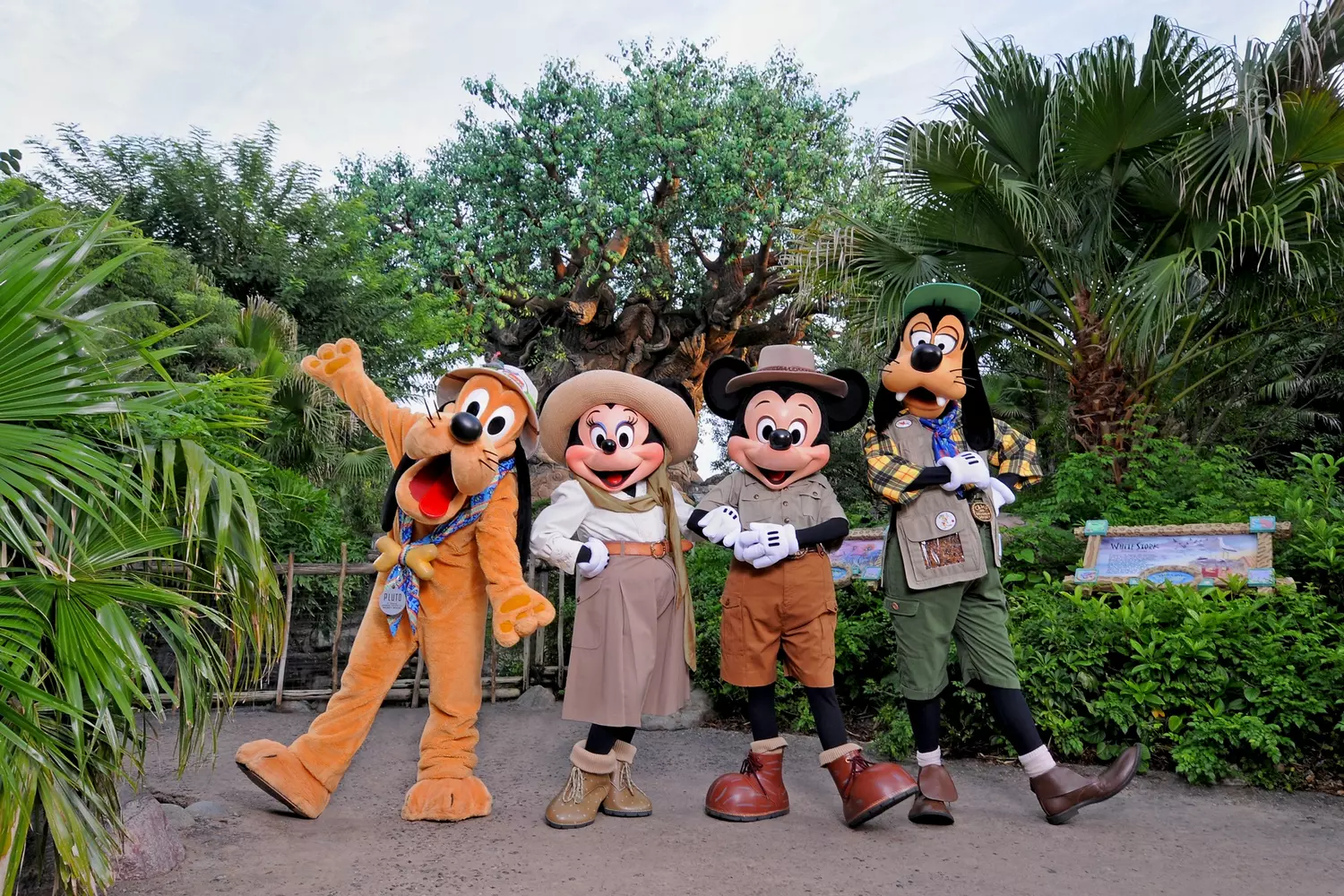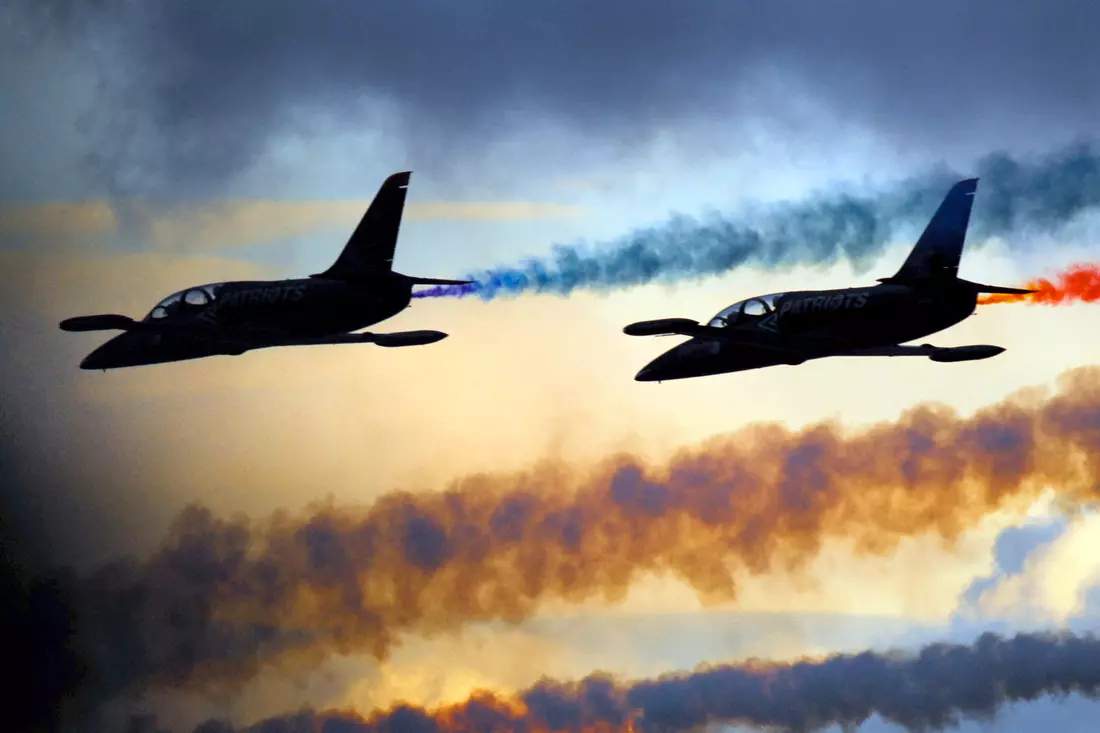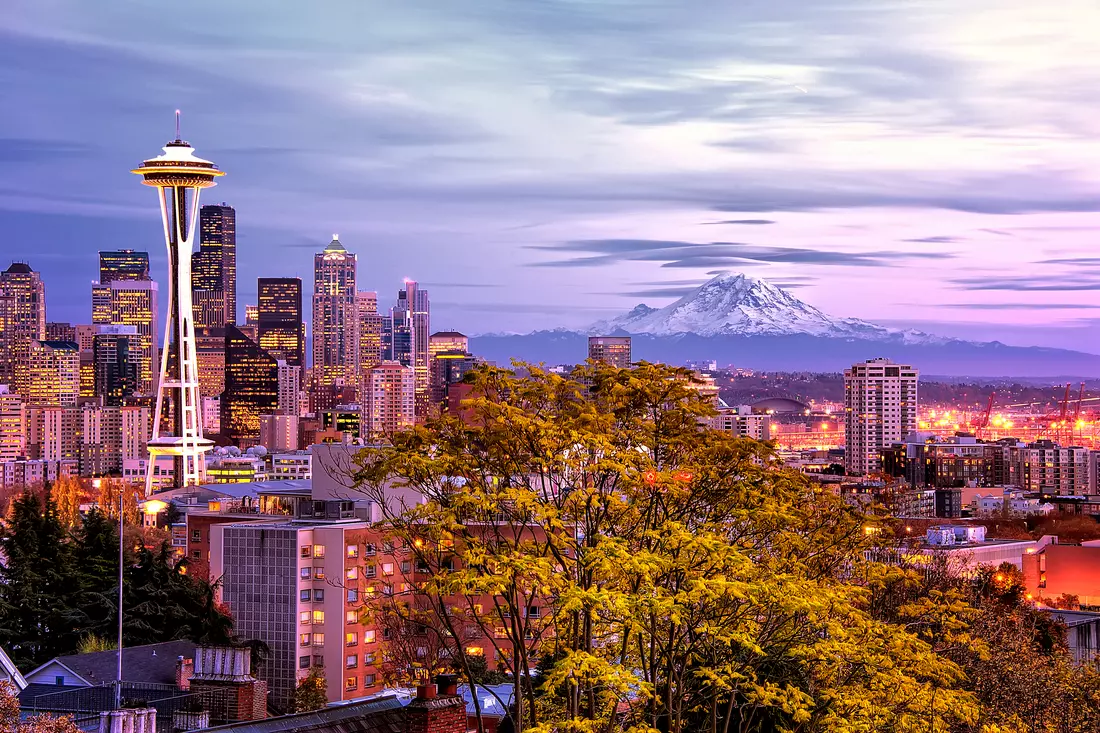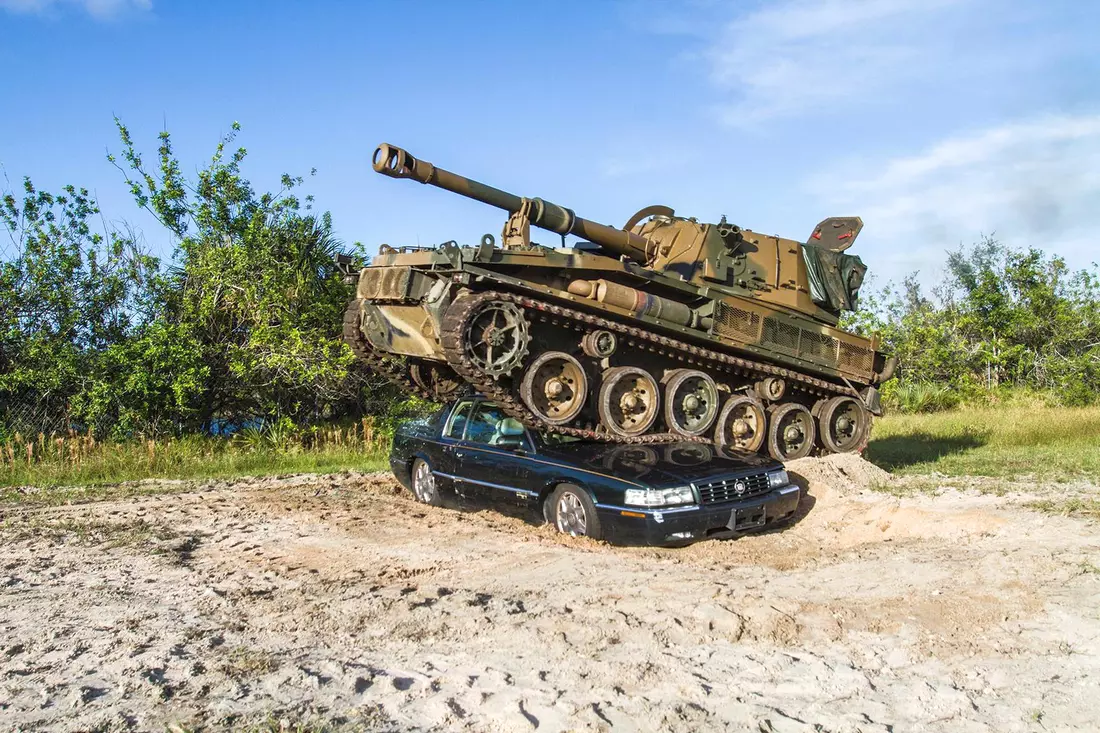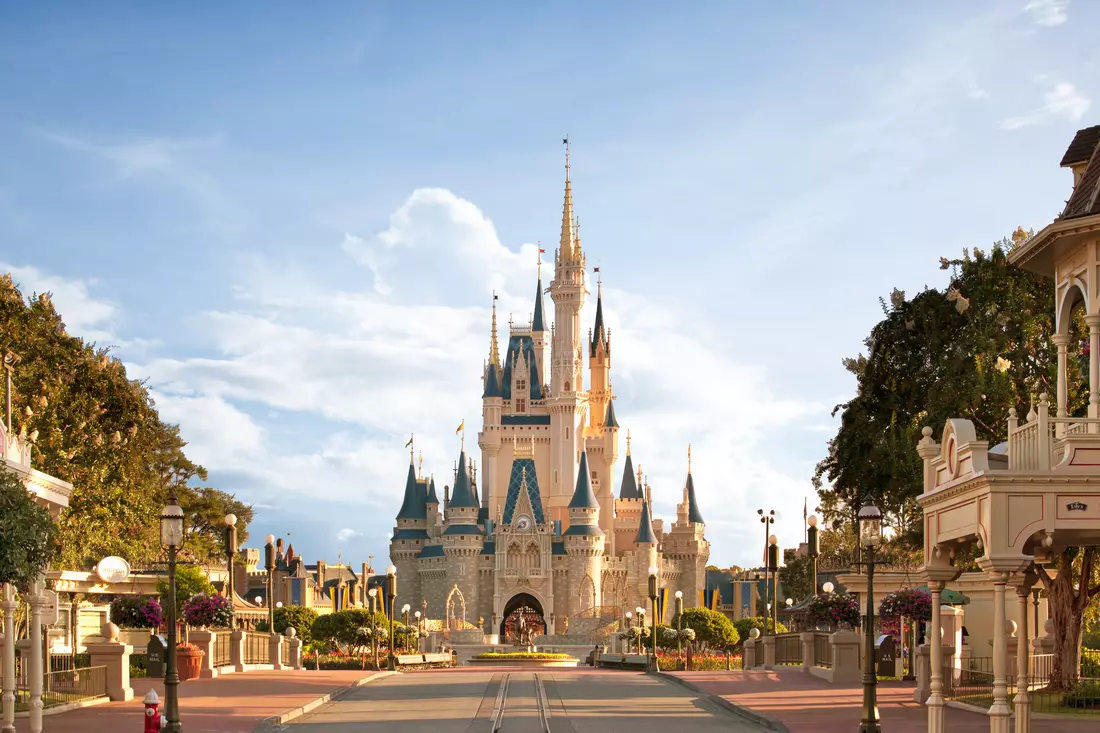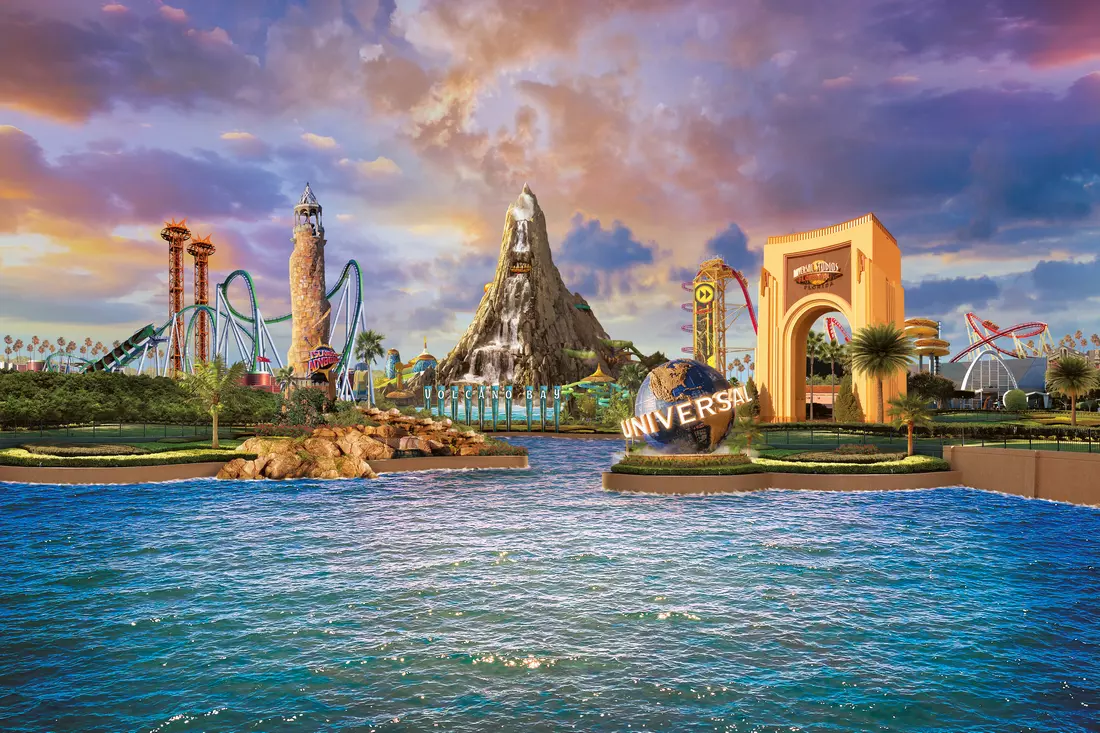The Cold War wasn’t just a diplomatic standoff. It was a chess game with a nuclear timer. And the Cuban Missile Crisis of 1962 became the moment when a hand was already reaching for the red button. At the center of it all were the U.S., Cuba, the USSR — and a world holding its breath.
The United States, as a global leader and counterweight to the Soviet Union, found itself at a critical crossroads: within just a few days, the fate of the planet hung by a thread. This wasn’t just about a military operation or political maneuvering — the very existence of humanity was at stake. Nuclear missiles, positioned just 150 kilometers off the American coast, could wipe out dozens of cities in minutes. And the entire world — from farmers in Kansas to students in Paris — watched as Washington and Moscow negotiated, walking the line between restraint and aggression.
At the time, American schools held drills on how to take cover from a blast, citizens stockpiled water and canned goods, and Pentagon analysts modeled apocalyptic scenarios. In the White House, President John F. Kennedy and his advisors faced daily decisions on how to avoid catastrophe without losing ground in the political standoff.
Let’s take a closer look at how the crisis unfolded, how the U.S. responded, who made the key decisions — and what lessons we can draw from this dangerous chapter in history, decades later.
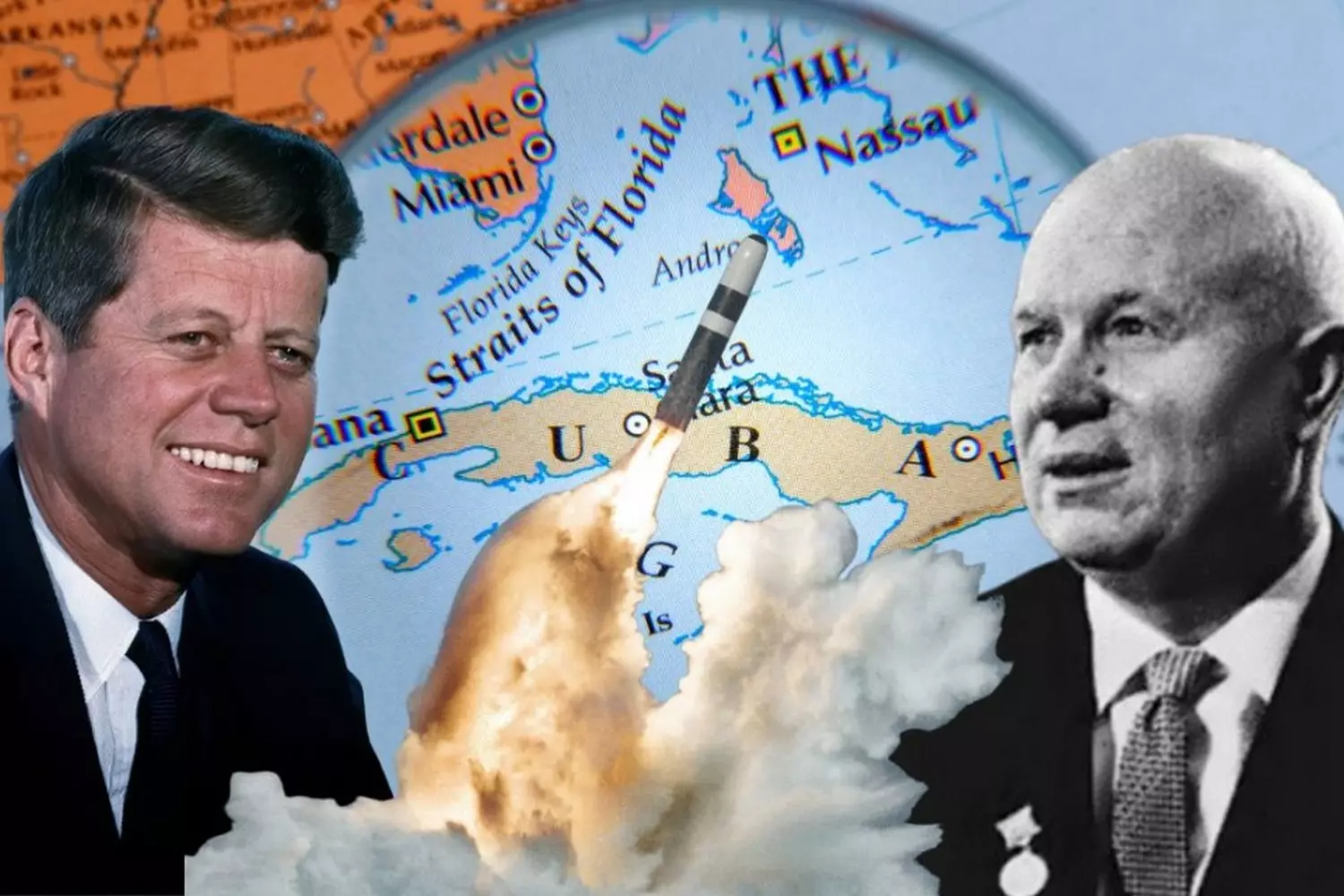
During the crisis, Soviet officer Vasili Arkhipov refused to authorize a nuclear torpedo launch — a decision that likely prevented nuclear war. His calm resolve remains one of the most overlooked heroic acts of the 20th century.
From Cold War to Hotspot: How the U.S. Got Trapped in the Cuban Dilemma
In the early 1960s, the world lived under constant tension. The Cold War had divided the planet into two blocs: the West — led by the United States, and the East — led by the Soviet Union. While the standoff in Europe had become almost routine, a new front in the conflict suddenly emerged — in the Caribbean.
Why Cuba? Because it was the perfect pressure point. Geographically — just a short distance from the U.S. Politically — with a revolutionary regime hostile to Washington. Economically — dependent on foreign aid. All of this turned the island into a stage for the great geopolitical game.
Timeline of Events Leading to the Crisis
- 1959
Fidel Castro overthrows dictator Fulgencio Batista and establishes a revolutionary government. Initially, the U.S. watches cautiously, but it soon becomes clear: Castro is not just a reformer, but a staunch anti-American leader. - 1960
Cuba begins nationalizing American businesses. Washington responds with an economic embargo. At the same time, Cuba and the USSR rapidly draw closer. The Soviet Union offers aid, oil, weapons — and, most importantly, political protection. - 1961
The U.S. attempts to overthrow Castro with the Bay of Pigs invasion (Playa Girón), using Cuban exiles. The failed mission not only boosts Castro’s popularity but also pushes him fully into Moscow’s orbit.
Why Did Khrushchev Take This Step?
- In response to U.S. missiles in Turkey and Italy
The U.S. had already placed nuclear missiles near Soviet borders. Deploying Soviet missiles in Cuba was seen as "restoring parity." - To guarantee Cuba’s security
The USSR wanted to signal it would defend its ally from further U.S. aggression. - For political and symbolic leverage
Khrushchev aimed to strengthen the USSR’s global standing. The missile deployment was meant to show strength and resolve.
"The U.S. surrounded us with missiles on all sides. We simply responded in kind," Khrushchev said in defense of his decision.
And so, in October 1962, the world stood on the brink of disaster. Both sides possessed weapons of mass destruction, positioned dangerously close to one another. But it was Cuba — with its symbolic and geographic importance — that became the epicenter of this geopolitical storm.
The Cuban Missile Crisis didn’t come out of nowhere. It developed gradually, layer by layer, year by year. Cuba was the final drop in an overflowing Cold War cup. And the question was no longer if a confrontation would occur — but who would pull the trigger first.
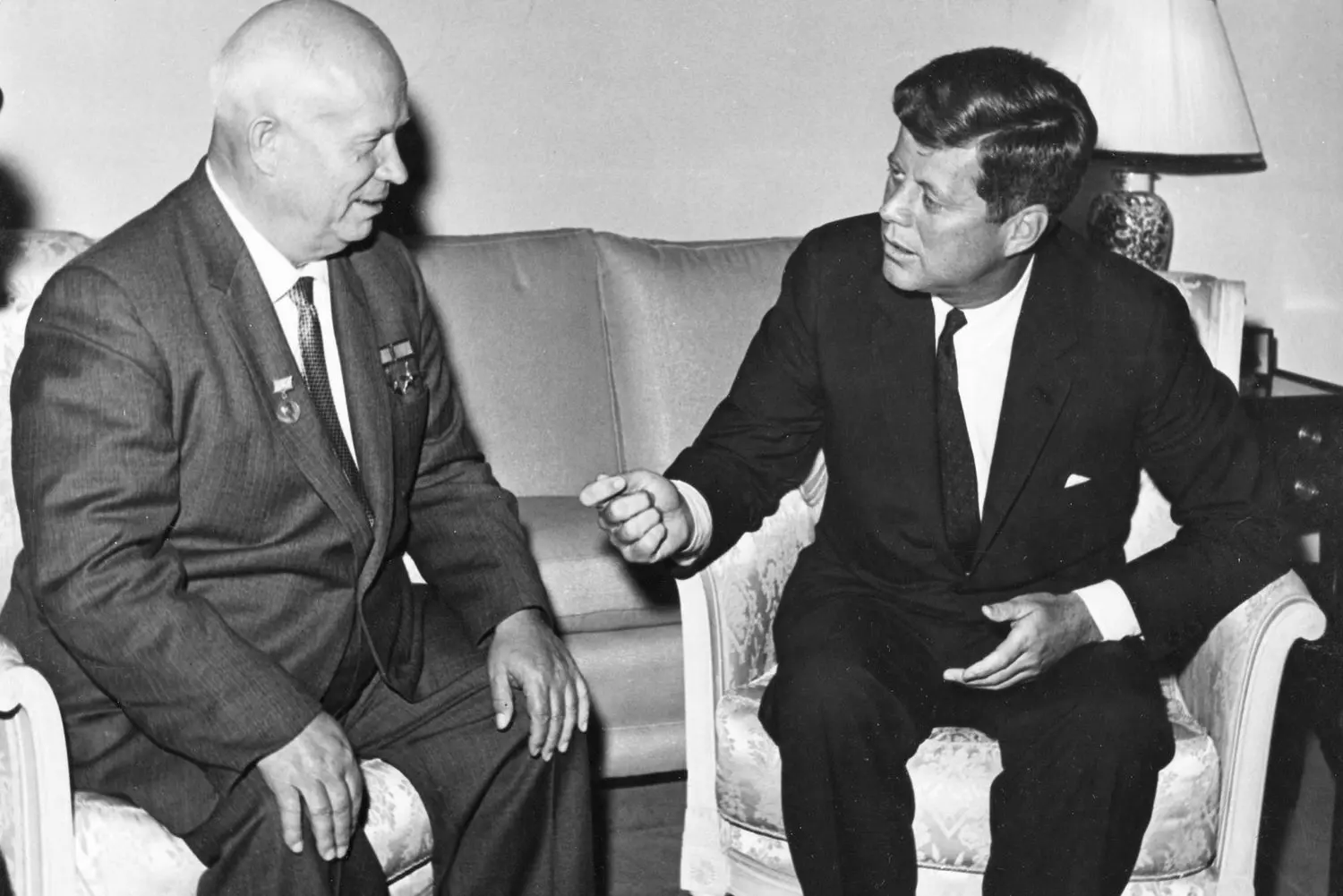
13 Steps Along the Edge of the Abyss: How the U.S. Maneuvered on the Brink of Nuclear War
October 16, 1962 — the day the countdown began. American intelligence, analyzing photos from U-2 reconnaissance planes, confirmed that medium-range Soviet missile launchers were being installed in Cuba. These missiles could strike Washington, New York, Miami, Chicago, and nearly the entire eastern U.S. coast within minutes.
President John Kennedy immediately convened the National Security Council. The secret phase of the crisis began — nearly a week of closed meetings, brainstorming sessions, and fierce debates between diplomats and generals. Some demanded immediate strikes, others an invasion. But Kennedy sought a path that would avoid inevitable war.
Timeline of Tensions
- 01. October 16–22
National Security Advisor McGeorge Bundy, Defense Secretary Robert McNamara, and the president’s brother — Attorney General Robert Kennedy — formulate the strategy. The president makes a difficult decision: not to attack but to impose a “quarantine” — a naval blockade of Cuba, officially called a “defensive measure.” - 02. October 22
Kennedy addresses the nation on television. His words sound like an ultimatum but are restrained and calm: “Any nuclear weapon launched from Cuba will be regarded as an attack by the Soviet Union on the United States and will warrant a full retaliatory response.” America learns for the first time how grave the threat is. - 03. October 24
Soviet ships carrying military equipment approach the blockade zone. American ships prepare to intercept. The world holds its breath. But at the last moment — orders from Moscow: do not cross the line. The ships turn back. - 04. October 26
The first letter from Khrushchev — emotional but constructive. He offers a compromise: the USSR will remove the missiles if the U.S. publicly promises not to invade Cuba. - 05. October 27 — “Black Saturday”:
- Soviet air defenses shoot down an American U-2 plane over Cuba.
- Generals demand a retaliatory strike.
- Submarine B-59, out of contact with Moscow, is ready to launch a nuclear torpedo. The crisis is averted thanks to Captain Vasily Arkhipov, who votes against the launch — possibly saving the world.
- On the same day, a second, harsher letter from Khrushchev arrives — demanding that the U.S. remove missiles from Turkey in exchange for dismantling Soviet missiles in Cuba.
- 06. October 28
After a series of urgent negotiations, including a secret meeting between Robert Kennedy and Soviet ambassador Anatoly Dobrynin, both sides reach a verbal agreement. The next morning, Khrushchev announces the removal of missiles from Cuba. The U.S. officially guarantees non-invasion, and several months later quietly removes its Jupiter missiles from Turkey.
The Cuban Missile Crisis became a precedent. It proved that even under extreme tension, diplomacy can prevail. Kennedy’s firm but cautious stance preserved dignity, avoided war, and got the U.S. out of the crisis with minimal damage to its reputation. This event is still studied in military academies and diplomatic institutes worldwide.
Interesting fact: the secret agreement on missiles in Turkey was only revealed to the public decades later — such was the delicate game played then by Washington and Moscow.
Those thirteen days were a moment of truth — a turning point after which the world was never the same.
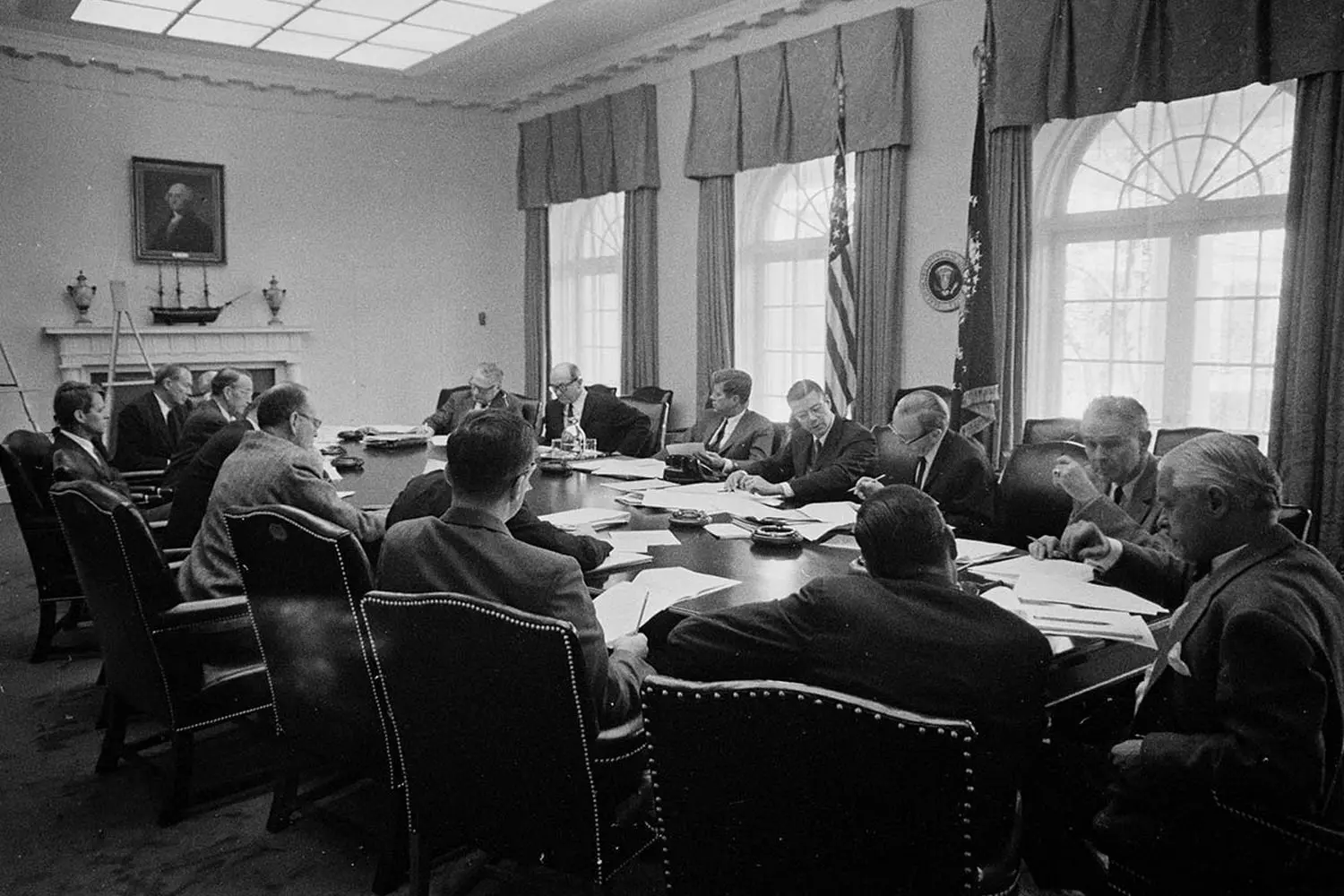
A President on the Brink of Apocalypse: How Kennedy Chose Reason Over Rockets
When the world was on the brink of war, it was John Fitzgerald Kennedy whose decisions determined the fate of humanity. The young president, just starting his term, faced a situation no leader had encountered before: a real nuclear threat, time ticking like a clock, and pressure, fear, and the need for instant decisions all around him.
The Pentagon demanded an immediate strike. Hawkish congressmen pushed for a show of strength. Polls showed that a significant portion of the public would support an invasion of Cuba. But Kennedy understood that a military solution meant the start of nuclear war. It was not about courage, but responsibility.
He crafted his strategy based not on emotions but on reason. Recall: his options included bombing Cuba, deploying marines, or destroying Soviet missiles. But he chose a third path — blockade and negotiations. This seemed like weakness, but in reality, it was a display of the highest political skill. How he acted:
- Calmly
Even in the most dangerous moments — after the U-2 was shot down and the Pentagon demanded retaliation — he kept his composure. - Based on facts
He relied on intelligence, carefully studied CIA reports, and consulted with scientific and diplomatic advisors. - Through trust in his team
Especially in his brother, Robert Kennedy, who conducted secret negotiations with Soviet ambassador Dobrynin. - With an understanding of consequences
He knew any wrong move could lead to the death of hundreds of millions and did not want to be the one to unleash World War III.
"We do not want to destroy Cuba. We want peace and security for all parties," he said in one of his speeches in October 1962.
This crisis was a test for Kennedy, after which he entered history not just as a charismatic leader, but as the man who saved the world from nuclear catastrophe without firing a single shot. His restraint proved mightier than any weapon.
Since then, his approach to diplomacy has been studied as an example of leadership under extreme pressure. Because sometimes true heroism is not pressing the button.
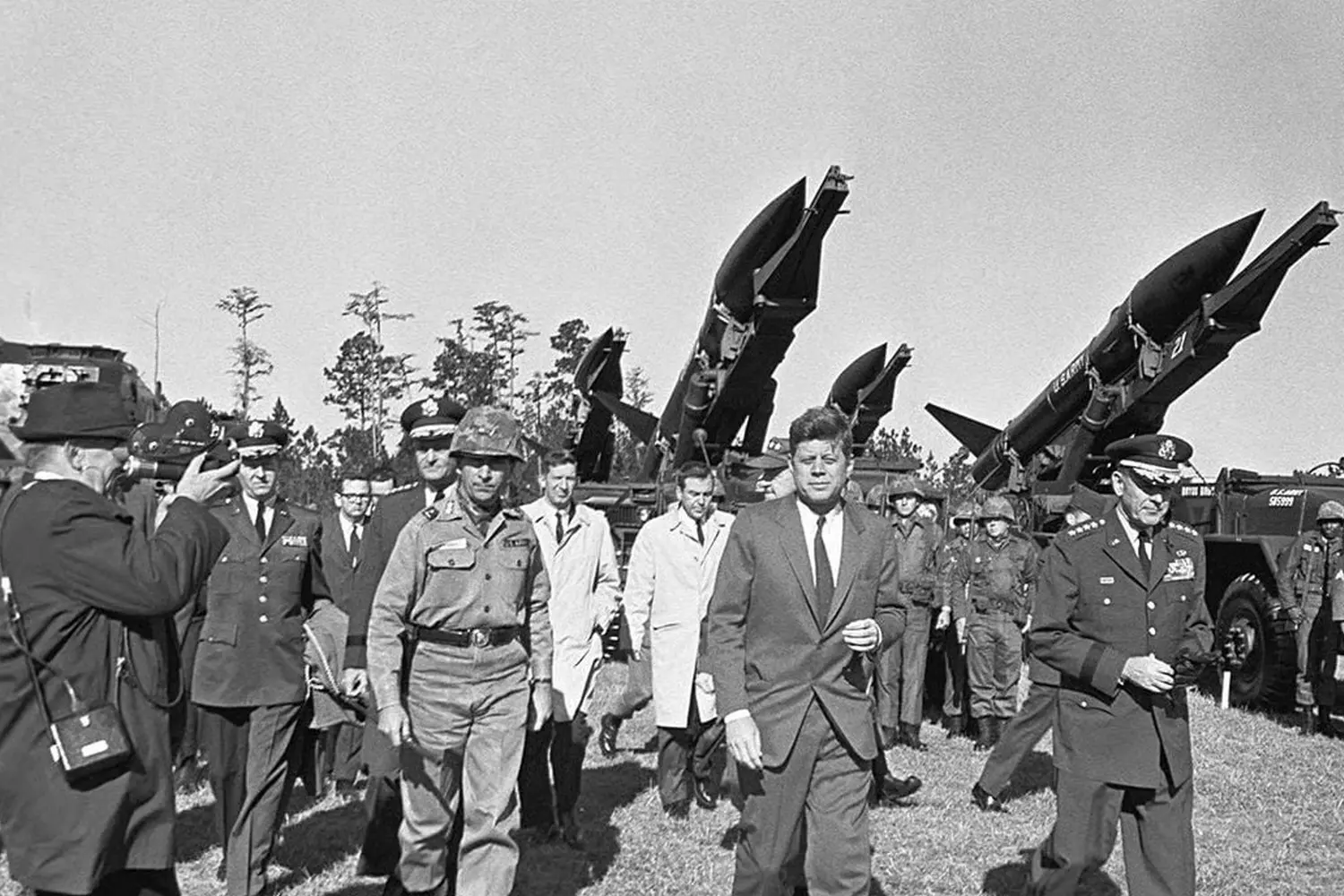
Nuclear Fear Live on Air: How America Endured 13 Days of Uncertainty
The Cuban Missile Crisis was not only a political and military challenge but also a psychological shock for ordinary Americans. For the first time since the end of World War II, the threat of annihilation felt so real, tangible, and — most frighteningly — uncontrollable. Every American, from schoolchildren to retirees, felt that their life could end at any moment.
- Bomb shelters
Became a symbol of the era. They were built en masse in basements, backyards, and even public institutions. Companies offered ready-made "atomic attack kits." - Supermarket shelves emptied
People stocked up on water, canned food, iodine, flashlights, and window film. Anything that might be useful during a nuclear blast. - Schools held regular drills
Children were taught to hide under desks and cover their heads with their hands — “duck and cover.” It seemed naive, but it was better than nothing. - Hotline phones
Psychological support struggled to cope with the influx. People panicked, wrote wills, and fled to rural areas. - Religious gatherings increased
Fear drove many to churches, prayer, and the search for hope.
This widespread stress left a deep mark. Psychologists later noted: the Cuban Missile Crisis was a turning point in the American worldview. The illusion of invulnerability vanished. It became clear that even the world’s most powerful nation was not immune to the end of the world.
When the screen became a trench: the role of the media during the nuclear threat
The information environment in 1962 lacked the internet, social media, or push notifications. But television, radio, and newspapers became true "frontline reports" — sources of truth, fear, and sometimes hope.
- Television
Kennedy’s evening address on October 22 was a turning point. People held their breath in front of their screens. The president’s calm, confident voice brought clarity but also underscored the seriousness of the threat. Channels aired special broadcasts, analytical programs, and discussions with military experts. - Newspapers
The New York Times, Washington Post, Los Angeles Times — tried to balance informing the public with responsibility. Front pages featured maps of Cuba, missile flight paths, and forecasts. - Radio
Especially important for rural areas. Thousands of Americans tuned their radios hourly to catch the latest news. For many, radio became a personal “lifeline.” - Disinformation and rumors
As always in a crisis, false reports appeared. Some regions reported “evacuation began,” others heard “explosions” or “war announcements.” But thanks to official channels, panic did not turn into chaos.
An interesting point — trust in the media was at a record high back then. People believed the news anchors, listened to official reports, and overall the system held firm.
The Cuban Missile Crisis was also a trial for journalism. How to talk about fear without inflaming it? How to be honest but not hopeless? The answers to these questions shaped a new era — the era of responsible media and informed citizens.
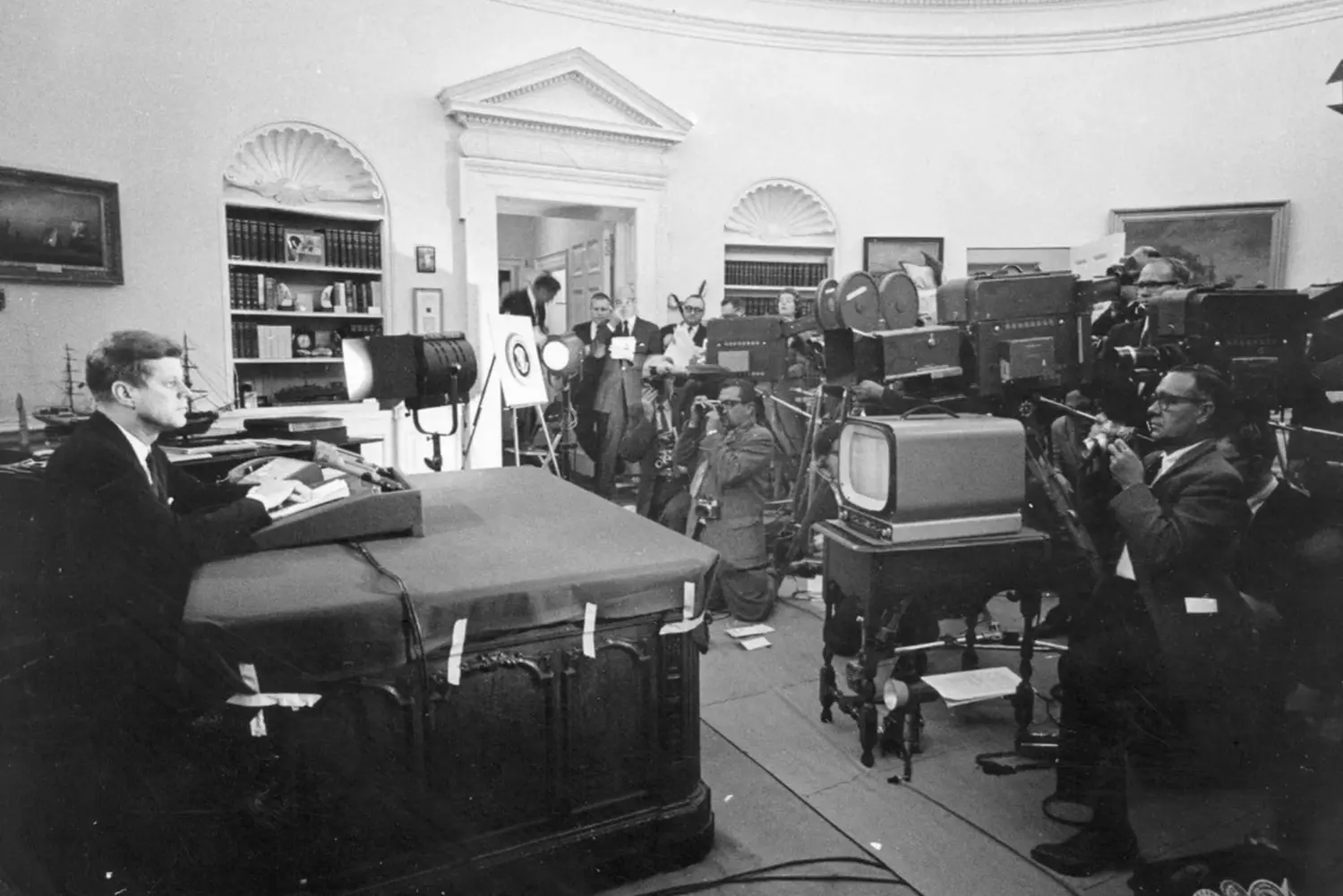
When Fear Became Reform: How the Crisis Changed America and Its Policy
The Cuban Missile Crisis was not just an episode of the Cold War. It became a watershed moment after which everything changed: military doctrines, diplomacy, threat perception, political culture. And especially — the internal structure of America itself. The military-political consequences:
- 01. The Treaty Banning Nuclear Tests in the Atmosphere, in Outer Space, and Under Water (1963)
The first serious step towards international nuclear control. It was the result of the horror experienced by both sides when they found themselves on the brink. - 02. The Hotline between the Kremlin and the White House
A direct telephone link between the leaders of the USA and the USSR. The idea was simple: no more uncertainty, no more delay in information. One call — and war could be stopped. The line is still in operation today. - 03. A new approach to nuclear weapons control
In the USA, oversight over the decision to use nuclear weapons was strengthened. A stricter chain of command was created. Protocols were introduced to prevent accidental launches. - 04. Deterrence became a formalized doctrine
The MAD strategy (Mutually Assured Destruction) received official status. The meaning was not attack, but guaranteed retaliation. The crisis proved: there are no winners in a nuclear war.
Social consequences
- Surge in civic activism
After the crisis, interest in international politics sharply increased. Newspapers began publishing more foreign policy reviews, televised debates attracted millions of viewers. America became more attentive to the world. - Pacifism ceased to be marginal
Millions began to advocate for peace; a mass anti-nuclear movement started. Youth, students, intellectuals — they formed a "new wave" of responsibility. - Pop culture reacted instantly
Images of nuclear threat appeared in films, books, and music. It was not fear for sensation — it was a rethinking of vulnerability. From “Dr. Strangelove” to the novels of Kurt Vonnegut — the crisis became part of the generation’s DNA.
Kennedy became a symbol of a new kind of leader. Not a war hero, not a general, but an intelligent, rational politician capable of resolving crises without bloodshed. His image firmly established as the “president who did not give in.”
America strengthened its status as a global arbiter. The crisis showed that the USA could be not just a force, but a force guided by reason. This played a role in strengthening transatlantic alliances and enhancing the country's international authority.
Interesting fact: immediately after the crisis, mass sociological surveys were conducted by order of the US government. More than 60% of Americans for the first time in their lives named foreign policy as the "most important issue."
The Cuban Missile Crisis became a catalyst for reforms — not only in government offices but also in people’s minds. It did not just frighten. It taught. And America still remembers these lessons today.
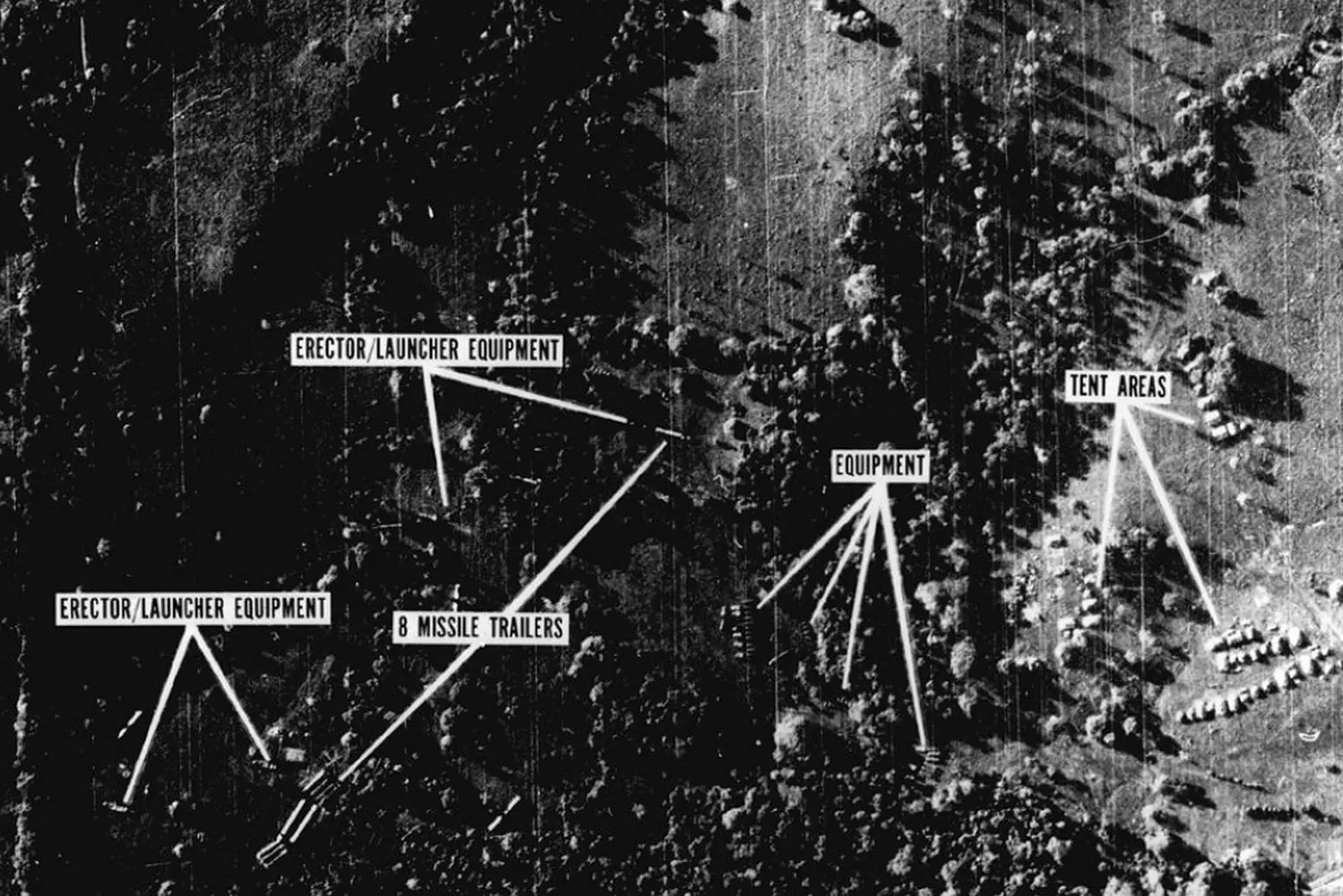
Soft Power and a Fragile Peace: How Cuba Changed U.S. Foreign Policy
The Cuban Missile Crisis was not just a political earthquake — it fundamentally changed the US approach to international relations. Before October 1962, America more often relied on showing force, interventions, and direct threats. Afterward, its diplomacy became more flexible, mature, and strategically balanced.
- 01. What conclusions were drawn in Washington
- Intelligence is not just spy games
It was timely data from the CIA and reconnaissance planes that allowed Kennedy to react in time. Therefore, since the end of 1962, the US has seriously strengthened its analytical units: satellite systems were developed, intelligence agencies' powers expanded, and new protocols for rapid presidential briefing were created. - Diplomacy as the main tool of influence
America began to actively use “backstage” negotiations, secret communication channels, and intermediaries. The Cuban case proved that sometimes one meeting at an embassy is more important than ten aircraft carriers off the coast. - Avoiding direct confrontation
Conflicts should no longer reach the brink of war. It was at this time that the concept of “managed tension” appeared — when conflict is acknowledged but not escalated. - Support for the global balance
The US began to act not only on its own behalf but also through partners. NATO was strengthened, America became more active in the UN, and bridges were built with Japan, South Korea, and Australia. The balance of power became a collective task. - Focus on soft power
Instead of military bases — cultural exchanges. Instead of threats — assistance. The Cuba example showed that harsh pressure can repel. Whereas economic aid, educational programs, and diplomatic respect are much more effective in the long run.
- 02. What this gave America
- A more stable foreign policy capable of operating under global tension.
- Increased trust in the US as a predictable partner, not just a military giant.
- Creation of strong alliances working not only for war but also for development.
"Cuba became a mirror for us. We saw that strength is not always weapons. Sometimes strength is restraint and words," said one of Kennedy's advisors.
The Cuban Missile Crisis was a lesson that in the modern world, the winner is not the one who threatens, but the one who knows how to negotiate. And America learned this lesson — perhaps at the very last possible moment.
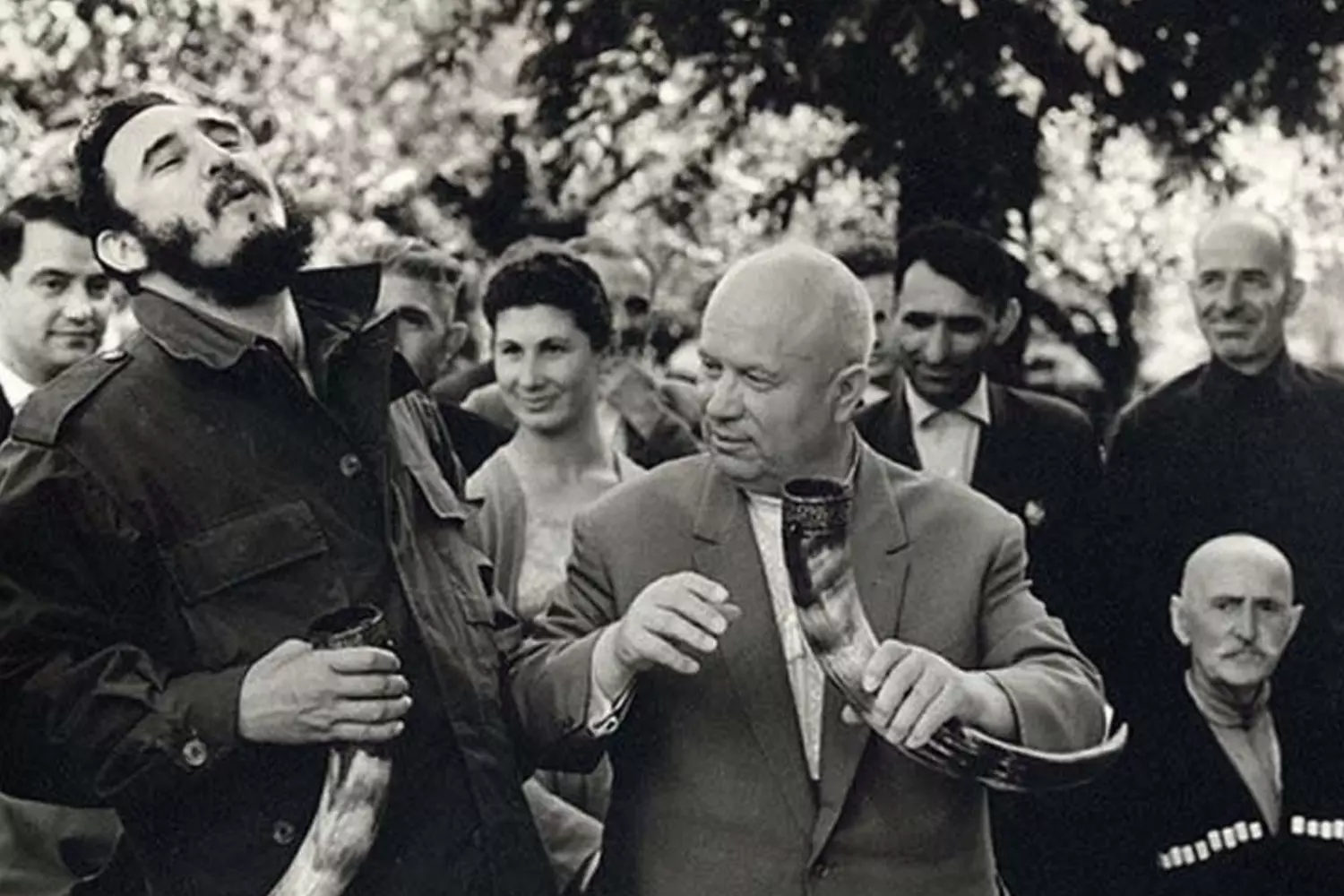
Cuba as a Reminder: A Past That Shapes the Future
More than sixty years have passed since the Cuban Missile Crisis, but Cuba still remains on the diplomatic map of the United States — not just as a small island off the coast of Florida, but as a symbol of the most fragile line between peace and war. The modern reality:
- Sanctions remain
Despite brief attempts at normalization during the Obama administration, the main restrictions have not been lifted. The US still views Cuba as an authoritarian regime with limited freedoms. - Political involvement of the Cuban diaspora
In states like Florida, especially in Miami, the Cuban-American community plays an important role in shaping policy. Their voice is a significant factor in White House decision-making. - Tourism and cultural exchange
Despite sanctions, the thaw in relations from 2014 to 2016 opened a new chapter. American tourists began visiting Cuba, and educators and musicians exchanged experiences. This again stalled under subsequent administrations, but the potential remains. - Technological and humanitarian support
The US invests in programs supporting independent journalists, healthcare, and education. This is an attempt to influence not through weapons or threats, but through knowledge and access to information.
The Cuban Missile Crisis forever made Cuba a “nervous point” in the minds of American politicians. Any escalation on the island instantly evokes historical associations. This shapes a more cautious approach: no one wants a repeat of 1962.
Cuba today is a reminder. Of how important it is to keep communication channels open. Of how dangerous it is to perceive neighbors solely through the lens of threats. And of how even a small country can play the role of a match in a powder keg.
America has not forgotten 1962. And although the world has changed, the essence remains the same: there is more strength in dialogue than in ultimatums.
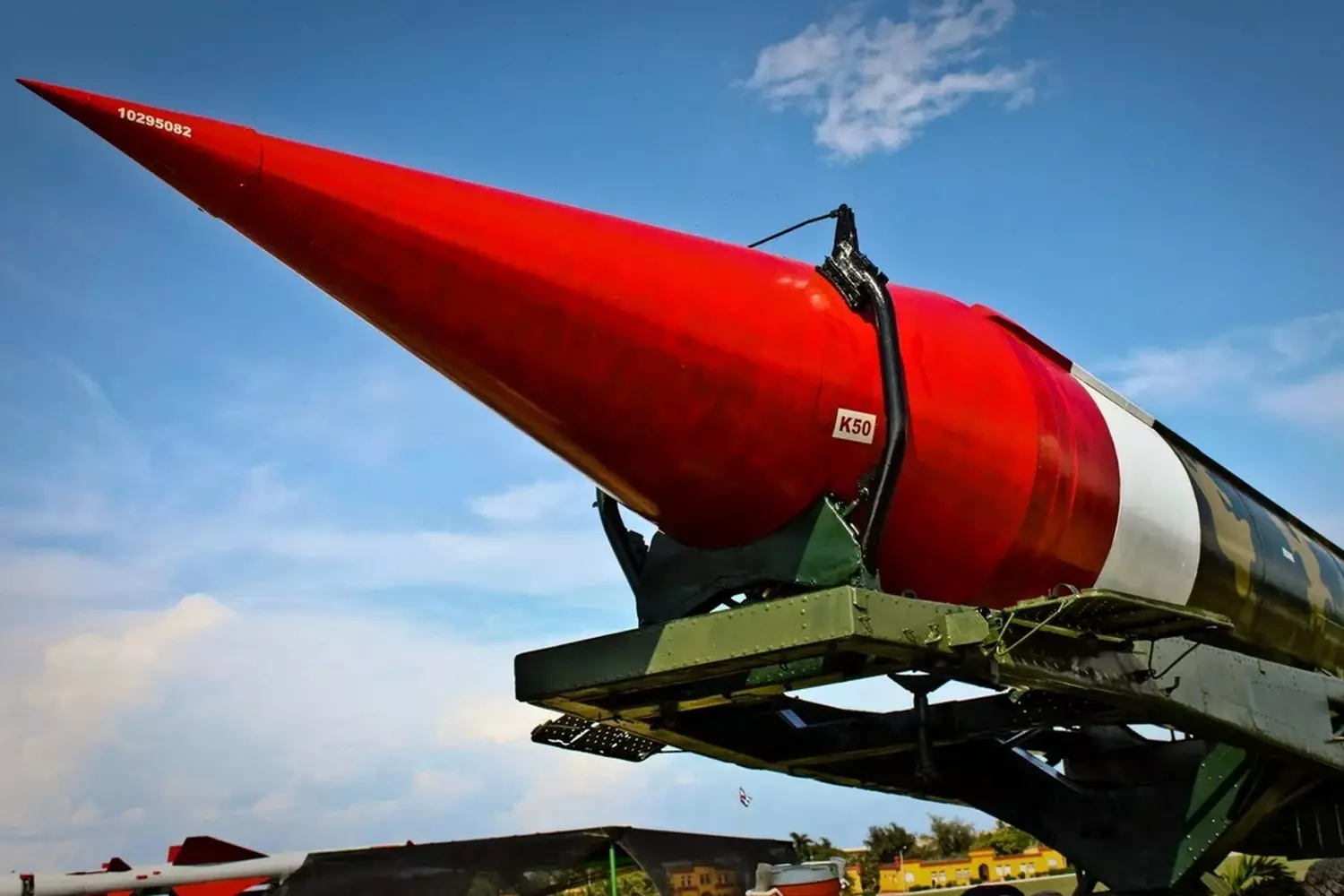
Want to Understand America More Deeply? Start with Its History
The Cuban Missile Crisis is not just a chapter in a history textbook. It is an example of how diplomacy, reason, and the personal responsibility of leaders can save the world.
The United States managed to avoid war and even gained strategic advantages from the crisis. But most importantly, a step was taken for humanity to realize: there will be no winners in a nuclear war.
If you are interested in the real America — not from movies or news, but from within, through its historic decisions, culture, and politics — we will help you discover it properly.
American Butler offers personalized tours to places connected with the Cold War, politics, the military, and U.S. diplomacy. Professional guides, access to exclusive exhibitions, museums, and real living history await you.














